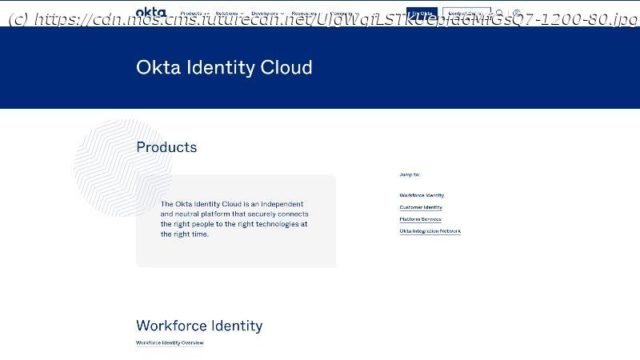It does multiple things extraordinarily well and covers all bases from security to full-on management
Okta is on a mission to protect the identities of the customers and simplify secure access in a time where security is often compromised due to a large number of different technologies and apps an average employee needs to use. The Okta Identity Cloud is an integrated identity solution that does exactly that – it securely connects the right people to the right technologies and provides incredible flexibility in managing access in your company. Don’t assume, however, that this enterprise product is a one-trick pony that only offers a couple of security measures. It doesn’t fall short on features that are indispensable in the modern world most organizations could find useful. Let’s see everything this platform has got to offer: One of the main selling points of this comprehensive enterprise solution is the Single Sign-On (SSO) feature. Okta makes it quite easy for users to input a single set of credentials once to gain access to multiple different apps. The vendor reliably enables the integration of SSO with all of the apps you use and it also contains a full-fledged federation engine, as well as an expandable access policy. Okta SSO is something everyone can implement as it’s easy to use and improves the lives of everyone in your company. Most importantly, it improves enterprise security as it cuts down on the number of possible attack surfaces. Another layer of security in Okta Identity Cloud is the Adaptive Multi-Factor Authentication. Due to most breaches happening because of stolen or weak credentials, introducing this security measure for all of the apps you use in your organization is a smart move. Okta supports all kinds of work environments: cloud, mobile, as well as hybrid environments. When it comes to methods of authentication available, it features everything you could ask for: from email and SMS, one-time passwords, physical tokens, all the way to biometric factors such as Apple Touch ID.






